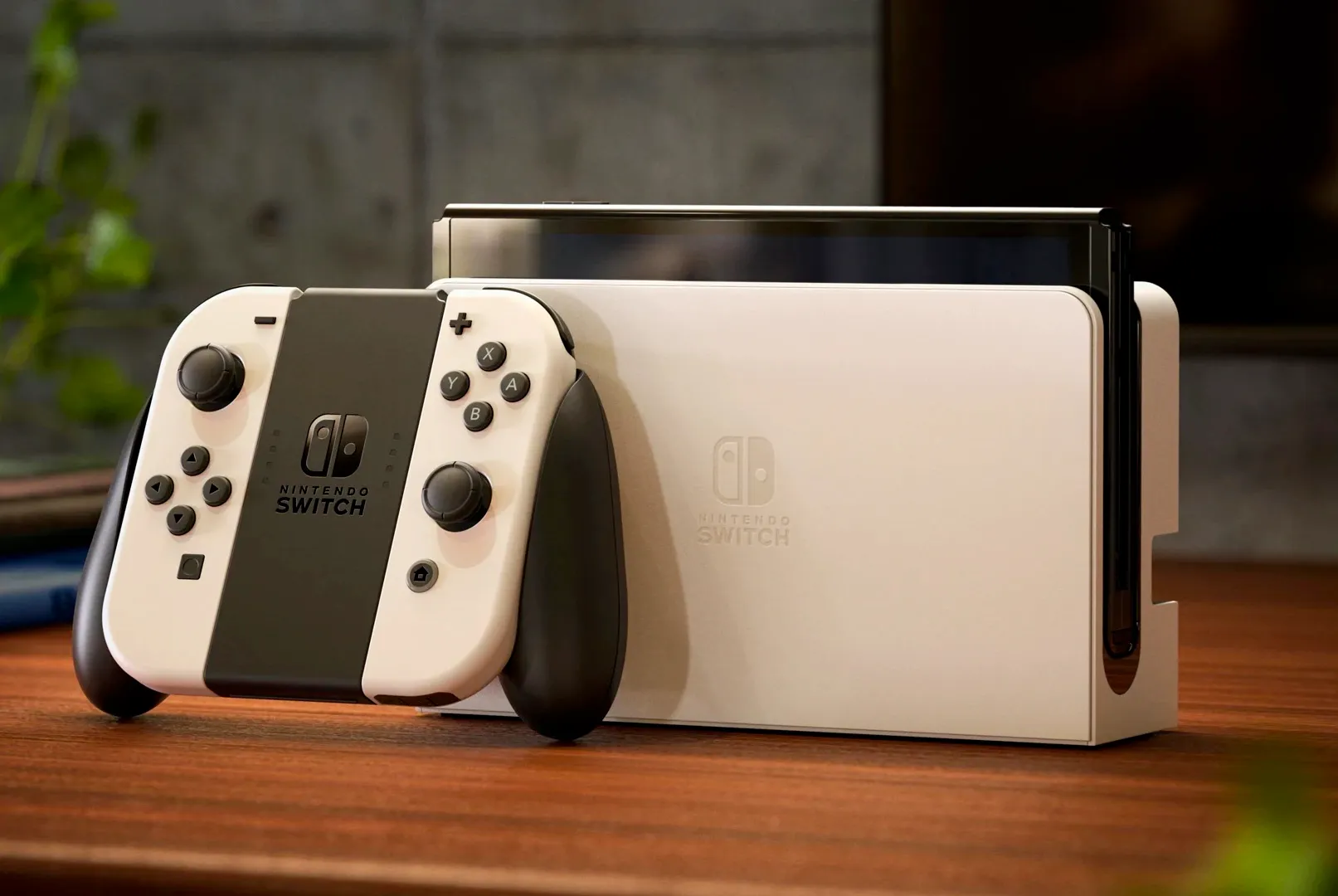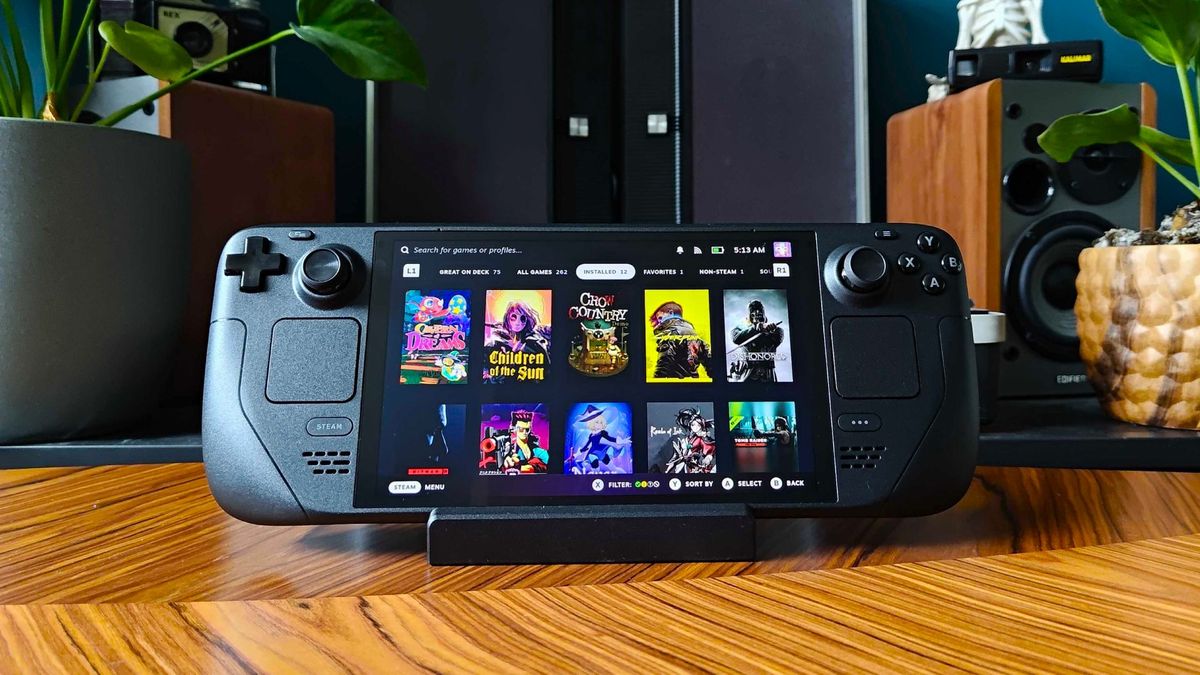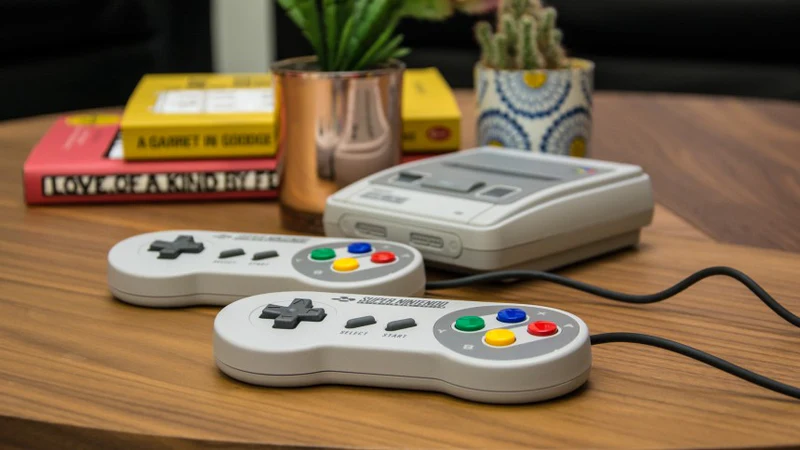reddeadplace.com – Nintendo, now a household name in gaming, has a history that spans over a century. Founded in 1889, the company initially had little to do with electronic games. Instead, Nintendo’s journey began with traditional Japanese playing cards, evolving over decades into a global gaming icon. Let’s explore the fascinating transformation of Nintendo from a small card-making business to one of the most influential gaming companies in the world.
1. Humble Beginnings with Playing Cards (1889–1950s)
Nintendo started in Kyoto, Japan, as a company called Nintendo Koppai, founded by Fusajiro Yamauchi. The company initially produced hanafuda cards, a type of traditional Japanese playing card often used in gambling. Over time, these cards became popular, allowing Nintendo to expand its reach. For nearly half a century, playing cards remained the focus, and by the 1950s, Nintendo had become Japan’s largest card company.
In 1959, Nintendo partnered with Disney to produce playing cards featuring Disney characters, which became a massive success in Japan and set the stage for Nintendo’s expansion into new forms of entertainment.
2. Experimentation and Diversification (1960s–1970s)
By the 1960s, Nintendo’s then-president, Hiroshi Yamauchi, recognized that the playing card business might have limitations, so he sought new ventures. This period was marked by some unorthodox experiments:
- Instant Rice: Nintendo attempted to enter the food industry.
- Love Hotels: A surprising move, Nintendo briefly experimented with themed hotels.
- Toys and Games: Nintendo also produced toys, including the Ultra Hand and Love Tester, both of which were popular at the time.
By the early 1970s, Nintendo focused on the growing field of electronic games. Their first arcade game, EVR Race (1975), laid the groundwork for the company’s future focus on video games.
3. Entering the Gaming Industry with Arcades (1970s–1980s)
Nintendo’s first significant breakthrough came in 1980 with the Game & Watch series, handheld gaming devices that featured a single game on an LCD screen. Created by Gunpei Yokoi, these compact devices proved wildly popular, marking Nintendo’s first successful venture in gaming. This same year, Shigeru Miyamoto, one of the most influential figures in gaming, joined the company.
In 1981, Miyamoto developed Donkey Kong, which introduced the world to Mario, originally known as “Jumpman.” The success of Donkey Kong helped Nintendo establish a foothold in the arcade game market and laid the foundation for future characters and franchises.
4. The Launch of the NES and the Console Revolution (1983–1989)
In 1983, Nintendo launched the Family Computer (Famicom) in Japan. A version of this system, rebranded as the Nintendo Entertainment System (NES), was released in the U.S. in 1985. The NES became a runaway success and is widely credited with revitalizing the video game industry after the video game crash of 1983.
The NES brought iconic games like:
- Super Mario Bros.: Mario’s platforming adventures became synonymous with Nintendo.
- The Legend of Zelda: Introducing players to an open-world adventure concept.
- Metroid: A groundbreaking science-fiction game known for its atmosphere and exploration.
5. Portable Gaming Pioneers (1989–2000)
In 1989, Nintendo launched the Game Boy, a handheld gaming device that revolutionized portable gaming. With its compact design, long battery life, and bundled game Tetris, the Game Boy became an instant classic. Nintendo’s portable legacy continued with the Game Boy Color and Game Boy Advance in the 1990s and early 2000s.
In the home console market, Nintendo released the Super Nintendo Entertainment System (SNES) in 1990. The SNES brought enhanced graphics and audio, along with hit titles like Super Mario World, The Legend of Zelda: A Link to the Past, and Donkey Kong Country.
6. Experimentation with 3D and the Competitive Era (1996–2006)
With the release of the Nintendo 64 in 1996, Nintendo moved into 3D gaming. Games like Super Mario 64 and The Legend of Zelda: Ocarina of Time redefined what video games could be, offering immersive worlds and gameplay.
In 2001, Nintendo launched the GameCube, a console that struggled to compete with Sony’s PlayStation 2 and Microsoft’s Xbox. However, it gained a dedicated fanbase with titles like Super Smash Bros. Melee and Metroid Prime.
During this era, Nintendo also introduced the Game Boy Advance SP and Nintendo DS. The DS, with its innovative dual screens, touch interface, and wireless capabilities, became one of Nintendo’s most successful products, bringing games like Brain Age and Nintendogs to new audiences.
7. Reaching New Audiences with the Wii (2006–2012)
In 2006, Nintendo released the Wii, a motion-controlled gaming console that became a cultural phenomenon. With an accessible design and family-friendly appeal, the Wii reached players who had never played video games before. Wii Sports, bundled with the console, became iconic for its simple yet engaging gameplay.
The Wii introduced Nintendo’s IPs to new audiences, with games like Super Mario Galaxy, The Legend of Zelda: Twilight Princess, and Mario Kart Wii. However, its successor, the Wii U (2012), failed to replicate the success of the Wii due to its lack of third-party support and marketing confusion.
8. The Nintendo Switch and the Hybrid Revolution (2017–Present)
In 2017, Nintendo launched the Nintendo Switch, a hybrid console that could be used both as a handheld device and a home console. The Switch became an instant success, combining the portability of the Game Boy with the power of a home console.
Games like The Legend of Zelda: Breath of the Wild, Animal Crossing: New Horizons, and Super Mario Odyssey demonstrated the console’s versatility and reinvigorated Nintendo’s place in the gaming world. The Switch introduced innovations in social and cooperative play, becoming one of Nintendo’s best-selling consoles of all time.
9. Nintendo Today: The Future of Innovation
Today, Nintendo continues to innovate in the gaming world with new content for the Switch and upcoming technologies. In 2021, they released the Nintendo Switch OLED Model, offering an enhanced display for better portable gaming. Nintendo’s continued focus on creativity, storytelling, and innovation has cemented its place as a beloved and enduring brand.
Conclusion: The Lasting Legacy of Nintendo
Nintendo’s journey from a card company to a global gaming powerhouse is one of adaptation, risk-taking, and a commitment to fun. With each new console, Nintendo has redefined gaming, bringing joy to millions of players around the world. As technology advances, there’s no doubt that Nintendo will continue to surprise and delight fans in the years to come.






